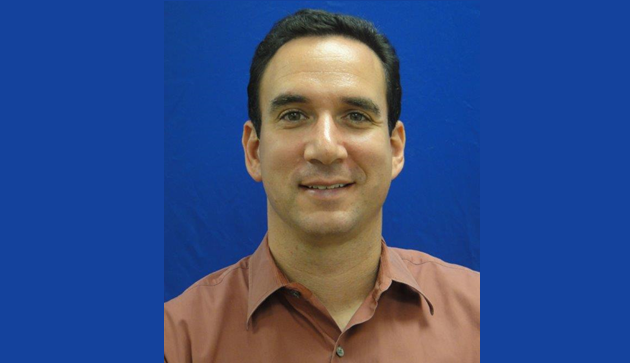My daughter dove for the tennis ball and came up with a winner and a bloody shin. Slipping on the tennis court, running and falling around the house, tripping up the stairs, stubbing toes. All signs of a kid moving too fast for the world around them.
She’s at the age where she doesn’t come running any more to have it bandaged, iced, coddled. And we don’t come running either. She can take care of it herself. But she still gets extra love from one of the most compassionate in the house. Any detection of someone not feeling right, and she comes running around the corner and sliding across the floor to make sure everything is ok. Ears flop down, a mournful look, tail wagging in a way that displays concern rather than the usual “come play with me.”
Our dog finds her way to the injured and offers comfort. A nuzzle, followed by sitting right atop the wounded, and if there’s a wound, the licking begins. Over the next few days, our Westy continues to seek out the injured and dives right into the wound, licking away. My daughter pushes her away multiple times, but she comes right back to the ankle, drawn to the small area scabbing over, and slobbers all over it.
The health benefits of dogs continue to grow. Since their domestication over 15,000 years ago, from wolves in East Africa, dogs have been a steady part of our lives. In 2017, almost 90 millions dogs were owned in the US, with over 60% of all households having a dog.
Dogs probably roam your hospital hallways. I know I see them in mine regularly. They make their way into hospice and palliative care and are often active parts of hospital policy discussion over whether they can visit sick patients. They have shown to help comfort and offer general succor to the sick and wounded.
They are healers.
What’s the history of dogs in medicine? Unlike our little Westy, this one has a long tale. Ok, that’s the worst dad pun ever, but I’m keeping it in.
Our ancient healer, the god of medicine, Aesculapius, had his healing temples throughout the Roman empire. Pilgrimages were made to the temple, where folks offered sacrifices. Temple excavations reveal clay votives of every body part. Those who were suffering from afflictions would bring these gifts and sacrifices to the priests at the temples in hopes of a visit in a dream from Asclepius, who would offer a cure for their ailment.
I saw one of these votives in Caesarea this past summer. Dogs often could be found hanging around these temples. They would lick wounds, offer compassion, guard the temple and help with healing.
The patron saint of dogs is St. Roch. And it seems appropriate that he’s also a healer. St. Roch is associated with the plague. Churches dedicated to him exist throughout Europe. He will have his dog at his side, as he survived his own bout of the plague due to the assistance of a kind canine. He helped those with the plague, only to be beset with it himself. Afflicted with bubonic plague, alone in the woods, a dog found him and brought him food, licked his wounds, and aided in his recovery. He went on to help others with the plague. St. Roch is often depicted with a bubo on his thigh and a dog with bread in his mouth at his side.
Dogs make their way into scientific news, at the ready for an innovation. Dogs can detect Cdiff and may be able to serve as early warning system for breast and other cancers. Many people have dogs who detect seizures before they occur or detect hypoglycemia. They are truly life savers. Dogs have been used for research for years. Thankfully, use is declining, and perhaps will eventually be eliminated, as lab dogs exhibit signs of stress and anxiety and often have surgery to remove vocal cords so their barking doesn’t disturb the lab. For all their contributions to medicine, research seems one area other non-animal models should be utilized instead.
Hospitals seem to have more and more dogs being allowed in. This recent summary shows the benefits and challenges of dogs in the hospital. They can impact blood pressure, relieve stress and assist with pain relief, although studies have had mixed results. The Cdiff-detecting dogs wound up being more interested in breakfast or a drink from the toilet. In addition, there’s a concern that dogs can increase the risk for MRSA colonization.
I know our dog is always the first to greet anyone coming home. She is always ready to play but knows when it’s time to sit and relax. And there may be something to the licking of wounds: their saliva has extra healing proteins. The innate sense of licking makes some sense, in efforts to clear the wound at least of debris. But when you watch the member of the family also catch lizards and eat up its own puke, it’s not clear how we then allow man’s best friend to lick our faces or our wounds.
When we’ve been teaching our dogs to heel, maybe all along, they heard heal. For an animal for whom one of the best tricks is to play dead, in reality, they keep life going pretty well. The hype may be bigger than the bark, but I’m hopeful. These dogs seem to be ticking. And keep on licking.



Leave A Comment